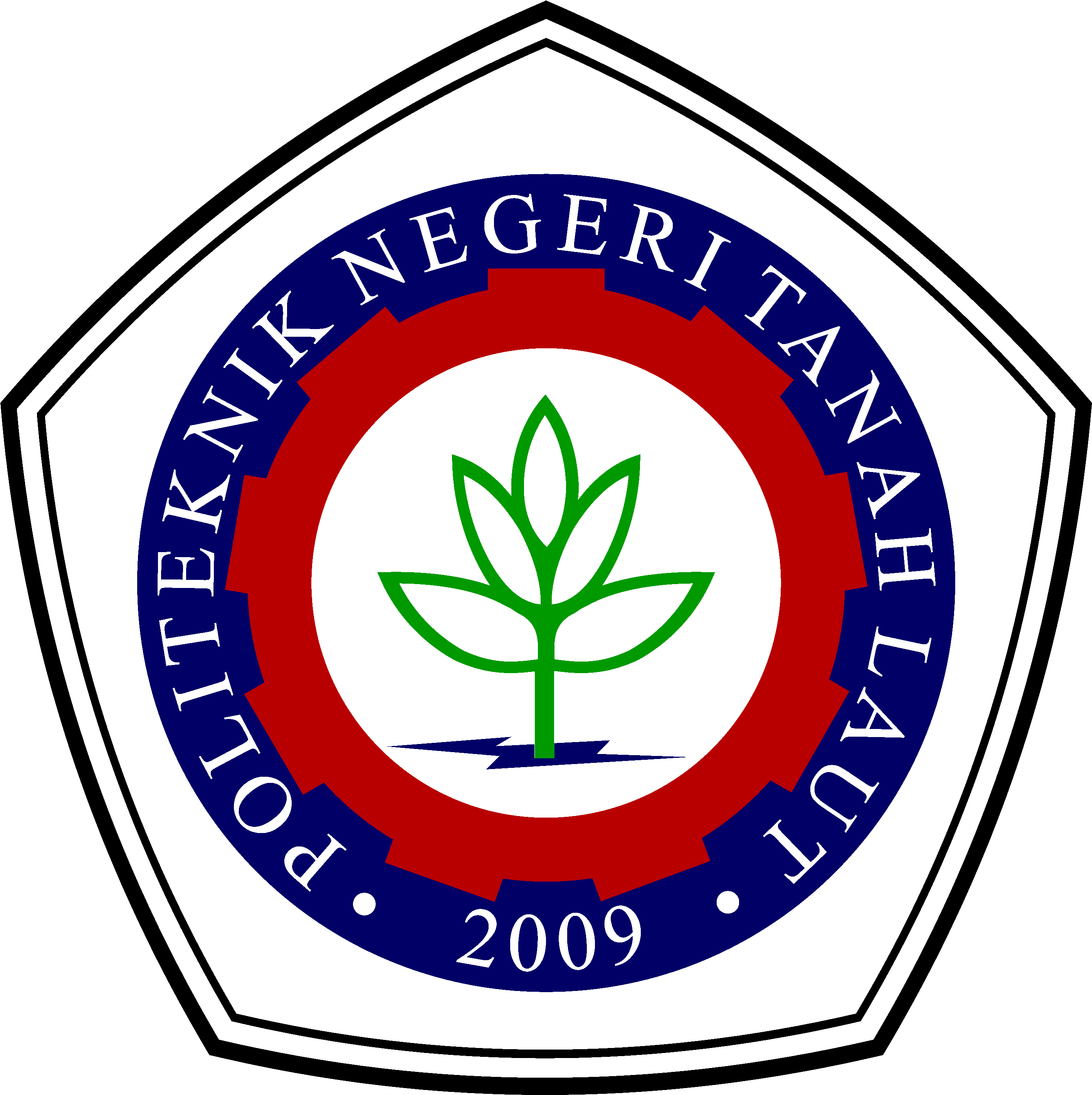PENGARUH RAPAT ARUS PADA ANODISASI DENGAN PEWARNA TINTA PRINTER TERHADAP KUALITAS PEWARNAAN PERMUKAAN ALUMINIUM
DOI:
https://doi.org/10.34128/je.v7i2.136Keywords:
Anodisasi, Rapat arus, Tinta komersial, Pewarnaan, KonduktifitasAbstract
Pewarnaan secara anodisasi memberikan hasil yang menjanjikan pada permukaan aluminium. Cara ini mampu meningkatkan estetika dan mampu mengubah sifat permukaan. Proses anodisasi ini diselenggarakan melalui pembersihan, anodisasi, pewarnaan, dan penyegelan. Proses pembersihan permukaan menggunakan larutan NaOH, HCl, campuran larutan HNO3 dan H3PO4, dan air. Proses anodisasi dilangsungkan dalam larutan asam sulfat, dan proses pewarnaan menggunakan tinta printer komersial seperti biru, cyan, magenta, dan hitam, dan proses penyegelan menggunakan air panas. Hasil penelitian menunjukkan bahwa permukaan aluminium dapat diwarnai dengan baik oleh pewarna biru dan magenta pada rapat arus 0,01 A/cm2. Kemudian dipelajari pengaruh densitas arus yang meningkat dari 0,01 menjadi 0,03 A/cm2. Pada penggunaan pewarna biru dan cyan, pada rapat arus yang lebih tinggi diperoleh kualitas dan distribusi warna yang lebih baik. Pada pewarna magenta dan hitam, kualitas warna dan distribusi yang baik diperoleh pada kerapatan arus yang rendah. Hal ini menunjukkan dengan jelas bahwa kemampuan permukaan aluminium untuk diwarnai oleh tinta komersial berbeda-beda antar jenis warna dan bergantung pada rapat arus yang digunakan. Lebih lanjut dipelajari pengaruh rapat arus terhadap konduktivitas permukaan aluminium.
References
[2] R. A. C. S. and S. P. Fabiano A. Marinho, François S. M. Santana, André L. S. Vasconcelos, 2002. “Optimization of Operational Parameters and Bath Control for Electrodeposion of Ni-Mo-B Amorphous Alloys,†J. Braz. Chem. Soc., vol. 13, no. 4, pp. 522–528.
[3] G. Patermarakis et al., 2011. “Analysis of thickness and colour changes of medium carbon steel subjected to nickel electroplating,†vol. 7, no. 18, pp. 522–528.
[4] A. Hakimizad, K. Raeissi, and F. Ashra, 2012. “Surface & Coatings Technology Characterization of aluminum anodized layers modi fi ed in sulfuric and phosphoric acid baths and their effect on conventional electrolytic coloring,†vol. 206, pp. 2438–2445.
[5] O. Jessensky, 1998. “Self-Organized Formation of Hexagonal Pore Structures in Anodic Alumina,†J. Electrochem. Soc., vol. 145, no. 11, p. 3735.
[6] D. Ma, S. Li, and C. Liang, 2009. “Electropolishing of high-purity aluminium in perchloric acid and ethanol solutions,†Corros. Sci., vol. 51, no. 4, pp. 713–718.
[7] D. Veys-Renaux, N. Chahboun, and E. Rocca, 2016. “Anodizing of multiphase aluminium alloys in sulfuric acid: in-situ electrochemical behaviour and oxide properties,†Electrochim. Acta, vol. 211, pp. 1056–1065.
[8] I. S. Molchan, T. V. Molchan, N. V. Gaponenko, P. Skeldon, and G. E. Thompson, 2010. “Impurity-driven defect generation in porous anodic alumina,†Electrochem. commun., vol. 12, no. 5, pp. 693–696.
[9] W. J. Stȩpniowski and Z. Bojar, 2011. “Synthesis of anodic aluminum oxide (AAO) at relatively high temperatures. Study of the influence of anodization conditions on the alumina structural features,†Surf. Coatings Technol., vol. 206, no. 2–3, pp. 265–272.
[10] H. Asoh, K. Nishio, M. Nakao, T. Tamamura, and H. Masuda, 2001. “Conditions for Fabrication of Ideally Ordered Anodic Porous Alumina Using Pretextured Al,†J. Electrochem. Soc., vol. 148, no. 4, p. B152, 2001, doi: 10.1149/1.1355686.
[11] D. Nakajima, T. Kikuchi, S. Natsui, and R. O. Suzuki, 2018. Mirror-finished superhydrophobic aluminum surfaces modified by anodic alumina nanofibers and self-assembled monolayers, vol. 440. Elsevier B.V.
[12] N. Hu, X. Dong, X. He, J. F. Browning, and D. W. Schaefer, 2015. “Effect of sealing on the morphology of anodized aluminum oxide,†Corros. Sci., vol. 97, pp. 17–24.
[13] D. A. L. Nicklen and D. R. Gabe, 1978. “No Title,†vol. 7, pp. 353–359.
[14] G. D. Sulka, 2008. Highly Ordered Anodic Porous Alumina Formation by Self-Organized Anodizing.
[15] G. D. Sulka and K. G. Parkoła, 2007. “Temperature influence on well-ordered nanopore structures grown by anodization of aluminium in sulphuric acid,†vol. 52, pp. 1880–1888.
[16] I. C. Chung, C. K. Chung, and Y. K. Su, 2017. “Surface & Coatings Technology Effect of current density and concentration on microstructure and corrosion behavior of 6061 Al alloy in sulfuric acid,†vol. 313, pp. 299–306.
[17] H. P. Buwono, E. Yudiyanto, M. Muzaki, U. S. Amrullah, P. Udianto, and S. Hadi, 2019. “Tinta Printer Sebagai Pewarna Aluminium Oksida Yang Stabil Pada Proses Anodisasi Coloring,†J. Elem., vol. 5, no. 2, p. 62.




